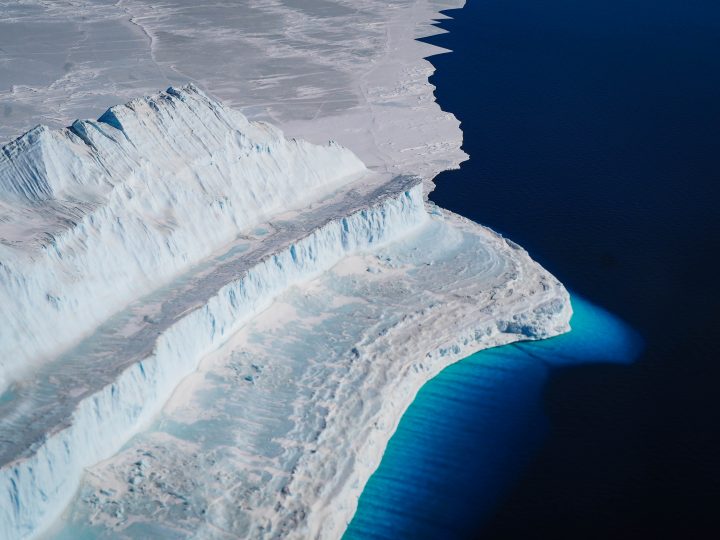The cells of Pseudomonas syringae, a plant pathogen, can cause ice nucleation via specific surface proteins.
“P. syringae is one of the few plant pathogens known to be disseminated up into clouds (Jayaweera and Flanagan, 1982; Sands et al., 1982). It is also scrubbed from the air during rain (Constantinidou et al., 1990). Many strains of this bacterium are ice nucleation-active (Lindow, 1983), are known to survive freezing as well as induce freezing, and it has been suggested that they might even have a role in inciting rainfall via their ice nucleation activity (Morris et al., 2004).” (Morris et al. 2007:85)
“Antifreeze s (AFPs) inhibit the growth of ice, whereas ice-nucleation proteins (INPs) promote its formation…Although several organisms have been identified as having ice-nucleation activity, the best characterized by biochemical methods are the bacterial INPs. Of these INPs, that of Pseudomonas syringae is often used as a representative protein.” (Graether and Jia 2001:1169)





